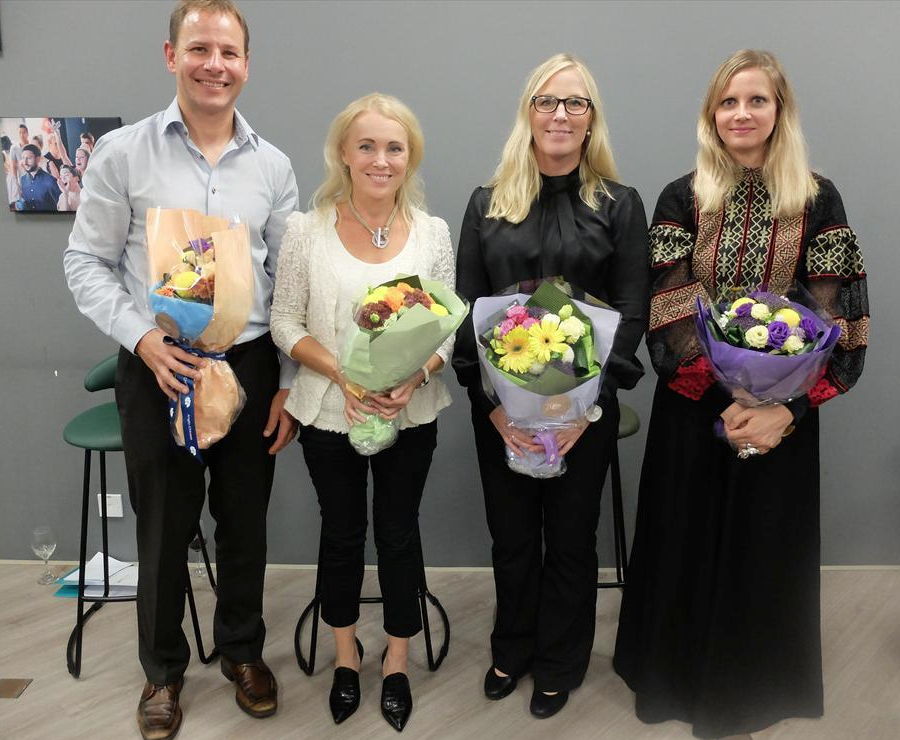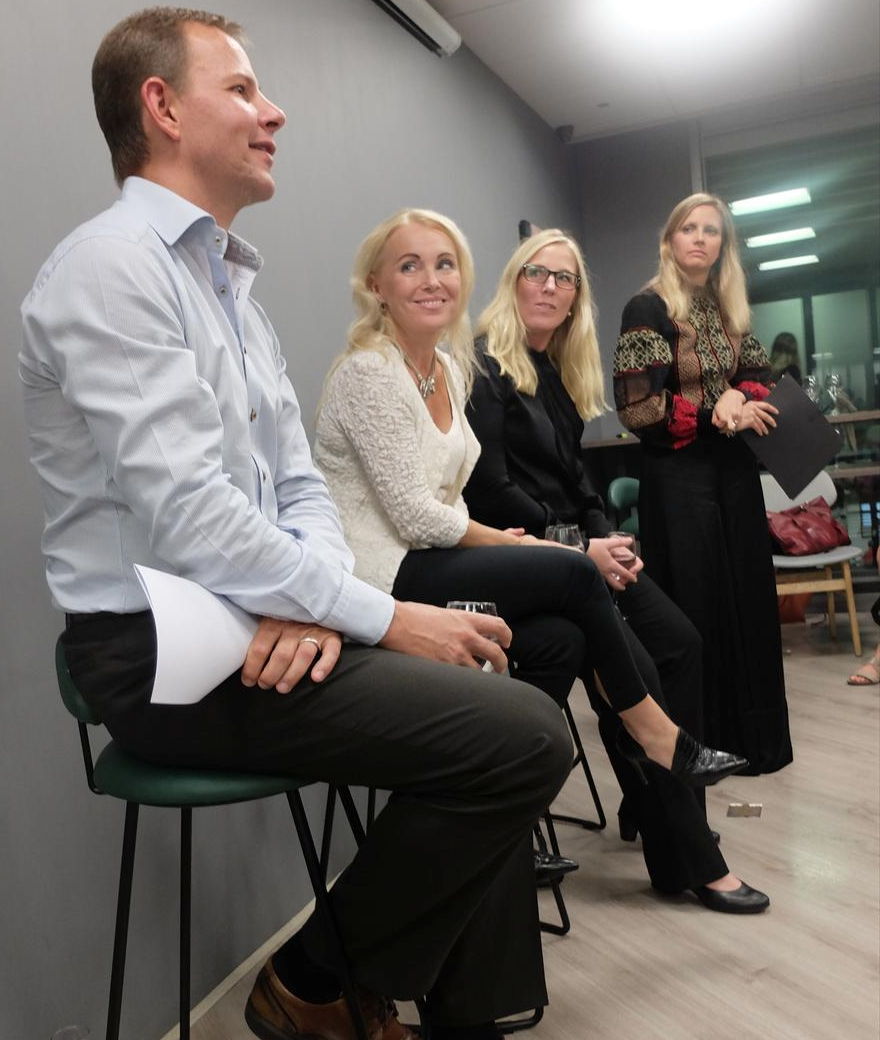“When assessing China’s innovation landscape and capability, outsiders, particularly the Western media, often view the country as an innovation desert made up of copycat firms providing shan zhai (imitative and pirated) products. China is said to be lacking in innovativeness due to weak or non-existent intellectual property rights, a rote learning-based education system that does not encourage creativity and entrepreneurship, a monopoly of state-owned enterprises (SOEs), poor legal systems and so on. Such a perception is a fallacy arising from expectation gaps,” says Tekes’s Future Watch Report: China’s Innovations are Going Global – New Emerging Business Models.

To understand better the future of digitalization and Chinese market from the Nordic viewpoint the Nordic Chambers of Commerce in Hong Kong organized panel discussion about innovation and digitalisation (held on 2 November 2016). Each Nordic chamber presented one speaker. Ms Sari Arho Havrén the Consul for Innovation from Tekes was one of the panelists. The other panelists were Ms Anita Vogel from Fossil Group and Mr Torbjörn Dimblad from OKAY.com, reports Consulate General of Finland, Hong Kong.
The theme “future” dominated the conversation. Moderator Ms Hanna Halin (Sustainable Manager for H&M Sales Market Greater China) started the panel asking the audience what innovation means for them, especially in the future context. The answers varied, but one thing was agreed: Innovation is something that brings value.
Some participants divided innovation into three different models. First, they defined innovation to be related to research and development, and taking those to the next level and innovate new things. The other way of producing innovations according to the audience is using old innovations in innovative ways. The third model of making innovations was copying and stealing ideas from other industries.
Ms Arho Havrén agreed with the audience: “The core of the innovation is value. Innovation means creating value, it can be for example social, economic or monetary value. If something brings value we classify it to be innovation. In my work I scout innovation landscape in Asia, mostly in China because that is the most interesting area at this point. Despite this we still need to remember that most of the Asian innovations still come from Japan, even though the future of China is the most interesting future in the area.”
Ms Halin asked the panellists if innovation mean same thing in the Chinese and Nordic contexts. “Innovation base in China is rather different than in the West. Chinese are good in making new business models. I could mention Alibaba for instance. They do not have inventory of their own, and still it is a brilliant business model, new type of doing things,” Ms Arho Havrén commented.

Ms Arho Havrén described how Chinese take some models from other industries and then modify them into their own purposes: “They are very good at making innovations coming from other parts of the world fit into the Chinese market. Didi Chuxing, who just bought China’s Uber business, is a good example of how they do it, in this case it meant adapting sharing economy successfully in the Chinese market. The company wasn’t really ready to compete in the Chinese market before the change of the ownership.”
She clarified that one of the main differences between the Nordic and Chinese contexts is that the Chinese companies innovate with their customers, and the private Chinese companies do not invest lot of money in research and development: “Chinese are very good in innovating products and services to middle segment, where the most money is actually made in the Chinese market.”
Ms Arho Havrén said she is expecting that the next big shifts within the digitalization will change the world dramatically: “Everything will be linked. Right now we are connected with our devices, something in our pockets or handbags. After that the human body will be the platform for the next innovations. Then we move to the augmented reality, artificial intelligence and virtual reality. These three will change the world dramatically within the next ten years.”
“The other thing that is going to change the world dramatically is block chain. I think it will be bigger than Internet. We have only seen very little of that so far. It is so much more than just Bitcoin, you can do so many things with it. All these things within digitalization are enablers of new kind of future. It is already possible to hug someone who is million miles away, so for example distant relationships will change significantly in the near future,” Ms Arho Havrén said.
Even though these changes will bring joy to the world’s citizens there are of course many risks and challenges related to them: “Many work positions will disappear. Many job descriptions that we have in this room may not be there after next 15 years. For example the Rolls Royce Finland is already testing the “unmanned ship”. They have a very nice control centre in the town called Rauma in Finland. There is one guy who operates the ship that is going around the world and everything is controlled from there. For example there are drones that do the maintenance on the ship.”
Ms Arho Havrén thinks the changes she describes are in the core of our near future: “Actually this future is very close already. One of the transitions in the near future that we have to go through is the extensive mechanization. We can already have planes without pilots but the passengers do not like it, even though the majority of the accidents are caused by human mistakes. The machines are more accurate, but we just don’t like the idea of them taking over.” Ms Arho Havrén said.
Source: Consulate General of Finland, Hong Kong.

